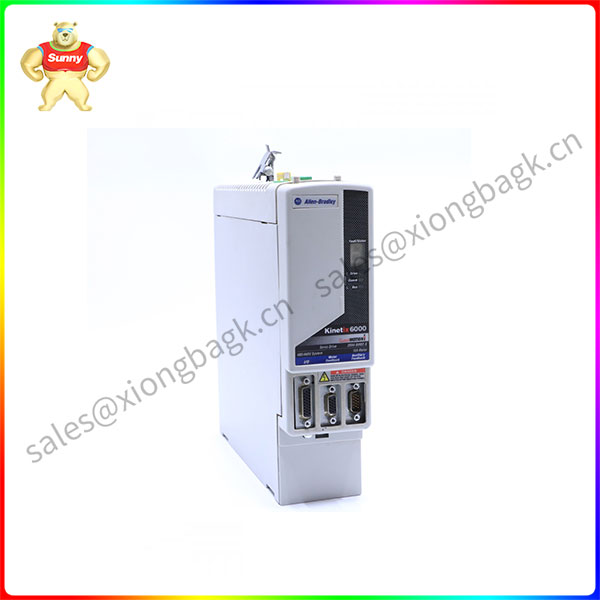At present, enterprises are facing multiple challenges: global climate change is intensifying, energy demand is rigid growth, and resource and environmental constraints are tightening. In this context, energy conservation and efficiency have become one of the most direct and effective measures to promote green development. ABB’s synchronous reluctance motor and inverter packaging solutions can help customers in various industries to save energy and improve efficiency, and achieve green and low-carbon transformation.
In a typical application, using a frequency converter to control an industrial motor can reduce energy consumption by 25%. When the frequency converter is paired with an IE5 high energy efficiency grade synchronous reluctance motor, the energy efficiency optimization is even more significant. It is estimated that devices using motors consume about 45 percent of the world’s electricity and account for about 70 percent of industry consumption, so the opportunity for positive change is enormous.
Inverter optimizes motor operation
The inverter controls and optimizes the operation of the motor by adjusting its speed and torque to meet the changing requirements of the system. Without it, the motor will run at full speed or be adjusted by energy-consuming mechanical speed controls such as valves, gears, throttles, and brakes. Importantly, there is a nonlinear relationship between motor speed and energy consumption, which means that even a slight reduction in speed can lead to significant energy savings. For example, in some cases, slowing down the motor in a pump or fan by 20% is enough to halve its energy consumption.
New progress of high efficiency motor

Using an IE3 induction motor in combination with a frequency converter typically reduces energy bills by up to 25%. Upgrading this combination to an IE5 high energy efficiency grade synchronous reluctance motor and inverter combination can result in a further savings of 3%-4% in energy costs, depending on the application and condition.
Given that most of the motors currently installed in industry are more than 10 years old, upgrading them to an optimized combination of high-efficiency motors and inverters can have a significant effect in terms of energy savings. It is reasonable to estimate that global electricity consumption could be reduced by 10%, thereby reducing CO2 emissions.
For companies that use motor drive equipment, the investment to upgrade to a synchronous reluctance motor and inverter combination is justified only from an energy saving perspective. Crucially, the purchase price of a motor is only a small fraction of its lifetime cost, as most of the expense comes from the energy it needs to operate. The initial cost of purchasing a synchronous reluctance motor and inverter combination will be slightly higher than the cost of an IE3 motor and inverter combination, but the energy savings usually make up the difference in as little as a year. After that, it will continue to generate annual savings for the next decade or more.
In the future, ABB will continue to take practical actions, relying on its deep accumulation in the field of energy conservation and efficiency, professional experience in many industries and the innovation ability of digital technology, to promote and support the green and low-carbon transformation of users in various industries.
 中文版
中文版




